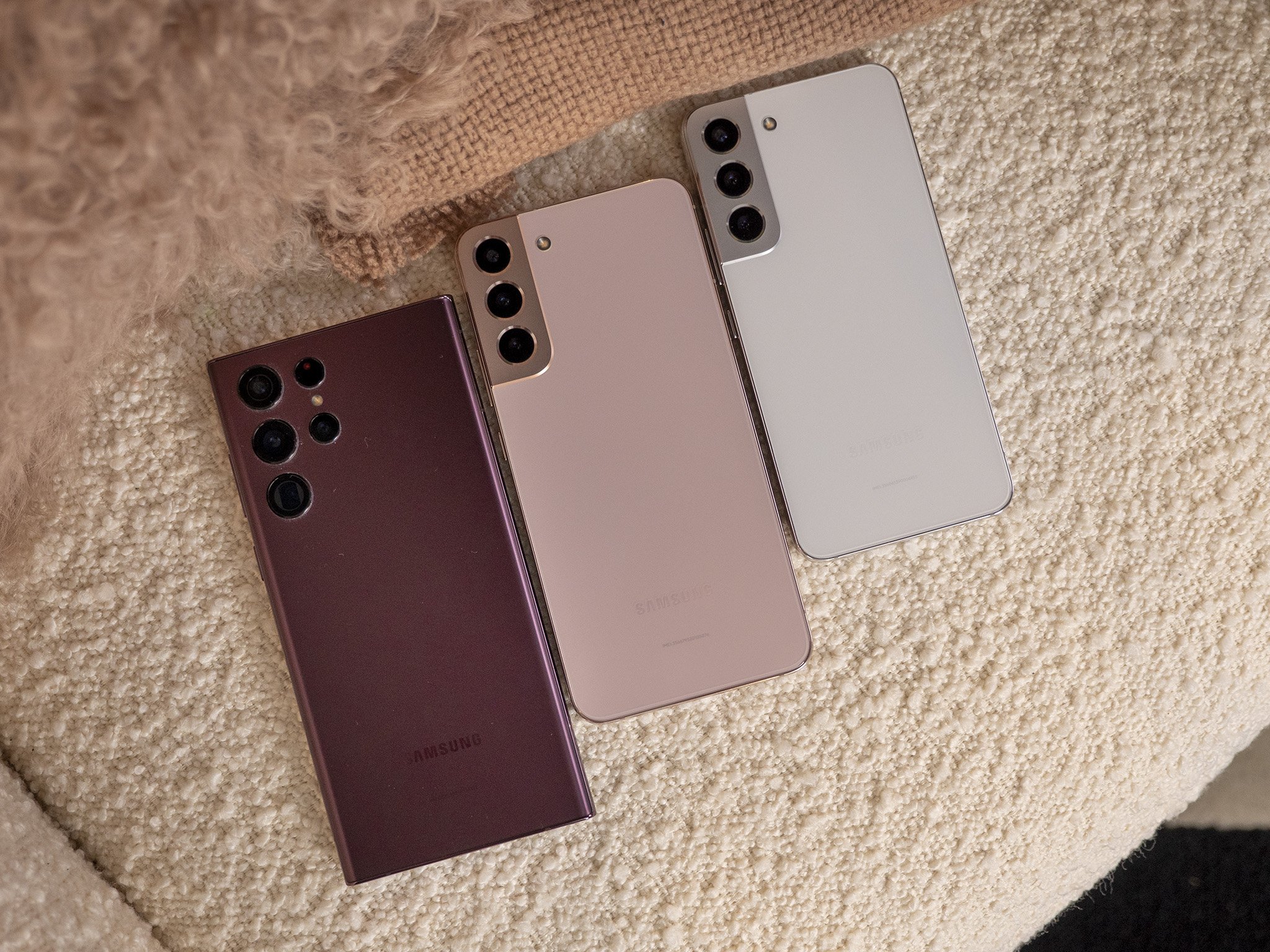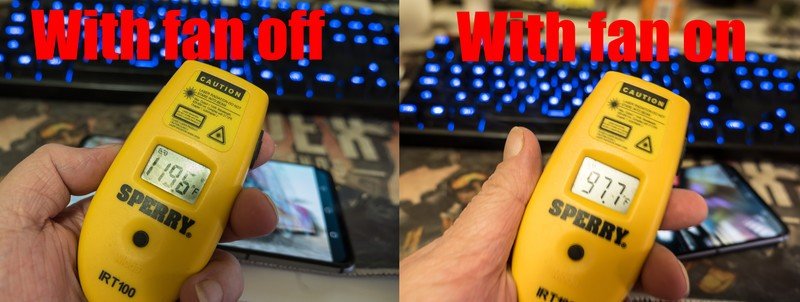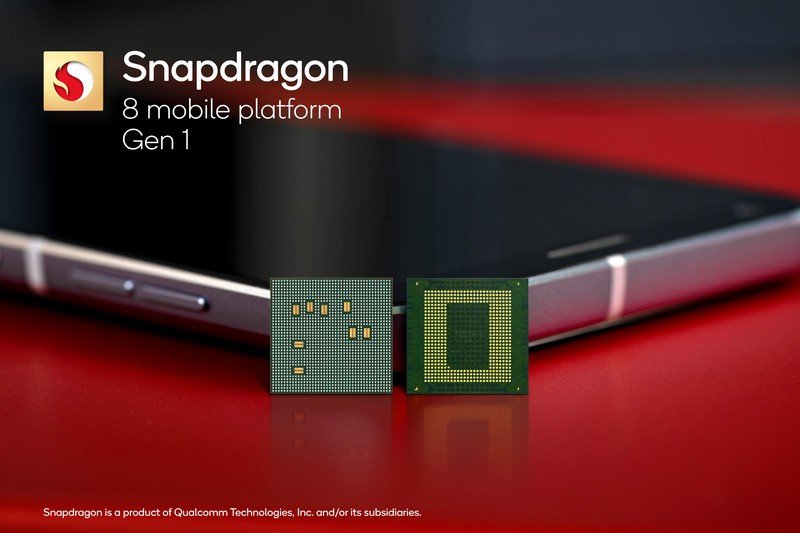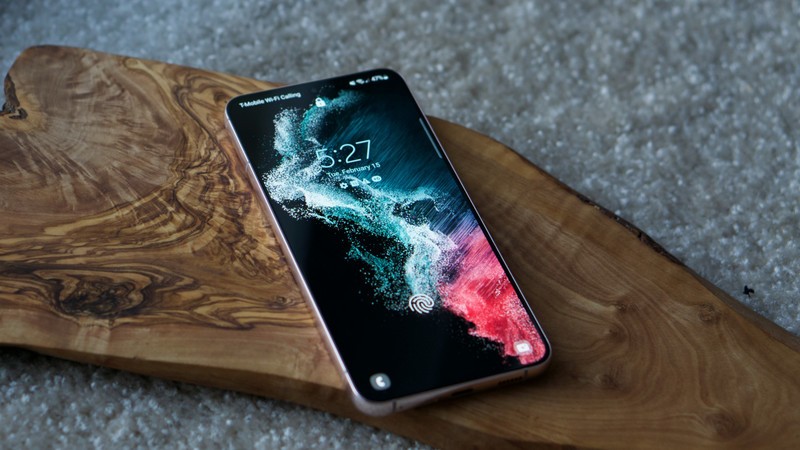Everything you wanted to know about the Galaxy S22's thermal problems

The Samsung Galaxy S22 or the Snapdragon 8 Gen 1 — or maybe both — have a thermal issue.
It's already being talked about on internet forums and message boards so you're going to hear about it eventually, and it's true. We know it's true because we've seen it with our own eyes and plenty of people who had early access to the phone have seen it too.
The thing is, a lot of times the internet runs with something like this and a product gets a bad reputation it may not deserve. If you listen to and read about third-hand accounts from people who haven't actually experienced any issues you may form an opinion that's not the right one. That's what I'm trying to help with this article; I'm not trying to bash a product that I don't like or try to convince you to buy something different. I'm just trying to explain, in plain English, what might be going on so you have one more thing to ponder when you decide if the Galaxy S22 is the right phone for you or if you should buy another of the best Android phones available.
What's really going on here?

The S22 Ultra and S22 Plus (I have no data about the little S22 just yet) are not getting so hot they catch fire or are at risk of catching fire. This is not a Note 7 situation where you might have something dangerous in your hands or your back pocket.
The phones aren't getting to the point where they overheat and stop working, either. We've noticed sometimes that the camera area gets warm (which could lead to other issues we'll talk about later), but for the most part, things feel nice and cool in your hands because the circuitry and programming that is designed to keep things cool is working. The problem is that the SoC has some sort of thermal issue that causes it to slow down and the CPU to throttle its speed seemingly prematurely.

A CPU is a part of any phone that gets very hot when it's in use. What looks like magic is actually tiny circuitry and logic that's switching states super fast, and a by-product of that is heat. Lots of heat. The parts are made from materials that can withstand some heat, but if left to keep going full-speed forever things would eventually melt.
A CPU is supposed to throttle.
To prevent this, the CPU keeps tabs on its temperature and once it reaches a certain point it does fewer calculations per second on purpose until the temperature drops. That's known as thermal throttling and every single computing device — your phone, a laptop, a high-end graphing calculator, even your Wi-Fi router — all have this protection system built-in. This is necessary and good.
Be an expert in 5 minutes
Get the latest news from Android Central, your trusted companion in the world of Android
Unfortunately, some devices and some chips throttle too much or too soon. Not that they throttle when they shouldn't but a flaw causes the temperatures to climb faster than comparable products so the point where they thermally throttle comes sooner. The Galaxy S22 is one of them. It happens.
It's important to remember that even though this is not a desirable trait of a great phone chip, it means the device and its safety features are 100% working as intended. The intent just isn't something we love in this case.
Why is it happening?

Nobody outside of Samsung or Qualcomm has that answer. There are a lot of guesses and I'll give you mine: The new thermal management design Samsung is using needs tweaks or the software that "controls" the CPU clock needs to be adjusted. Something new always comes with small issues and this is no different.
It could also just be the SoC itself. Remember the Snapdragon 810 and the thermal issues it had? If you don't, just know it was something very similar and it took an actual hardware revision from Qualcomm to fix it. The Snapdragon 8 Gen 1 could just run hotter and need to throttle sooner because of it. Or maybe it's a bug and the Snapdragon 8 Gen 2 won't throttle as much.
We'll probably never find out the answer, but that's really not what's important here.
How does this affect things?

Here's the good news — we haven't really seen it affect anything during normal use. We've played games, we've taken pictures and video, we've messaged people and even used the phone as a phone, and everything works really well and there is no hint of anything slowing down. But we know it's throttling and we know that some people are going to have concerns.
The best way to see the "problem" in action is to do something I hate doing: run benchmarks. We've done it, every other Android website and reviewer has done it, but one person did it and wrote up a great article about it. Over at PCMag, Sascha Sagan ran all the benchmarks to compare the new Snapdragon 8 Gen 1 against Apple's A15 chip and wrote about the results.
Thermally, the S22 acts more like the S21 FE than the "regular" S21.
Buried in the middle of the article is some talk about thermal issues. Sagan gives us all the data to look over and there is one big conclusion to make — the S22 throttles the CPU faster than the S21 did. The S21 FE did the same thing and hit the thermal threshold sooner than the original S21 did, but we excused it because it was a "budget flagship" phone.
The Snapdragon 8 Gen 1 is a much more powerful chip than anything Qualcomm has released before and it just brute forces its way through things to offer better performance. The performance is better, too, and only phones that came with physical fans could drive the Snapdragon 888 even close to what we see from the Galaxy S22. This isn't a case where someone says it feels faster, it actually is faster.
Not a huge deal
I'm really not concerned with any throttling issues for the most part. I can think of times where it could come into play, like playing 3D console-style games in a warm room or shooting 4K video in the raging Florida sun, but even when throttled, the phone's performance is better than any phone before it. Overall, I would not let this be the thing to stop me from buying a Galaxy S22.

Jerry is an amateur woodworker and struggling shade tree mechanic. There's nothing he can't take apart, but many things he can't reassemble. You'll find him writing and speaking his loud opinion on Android Central and occasionally on Threads.
